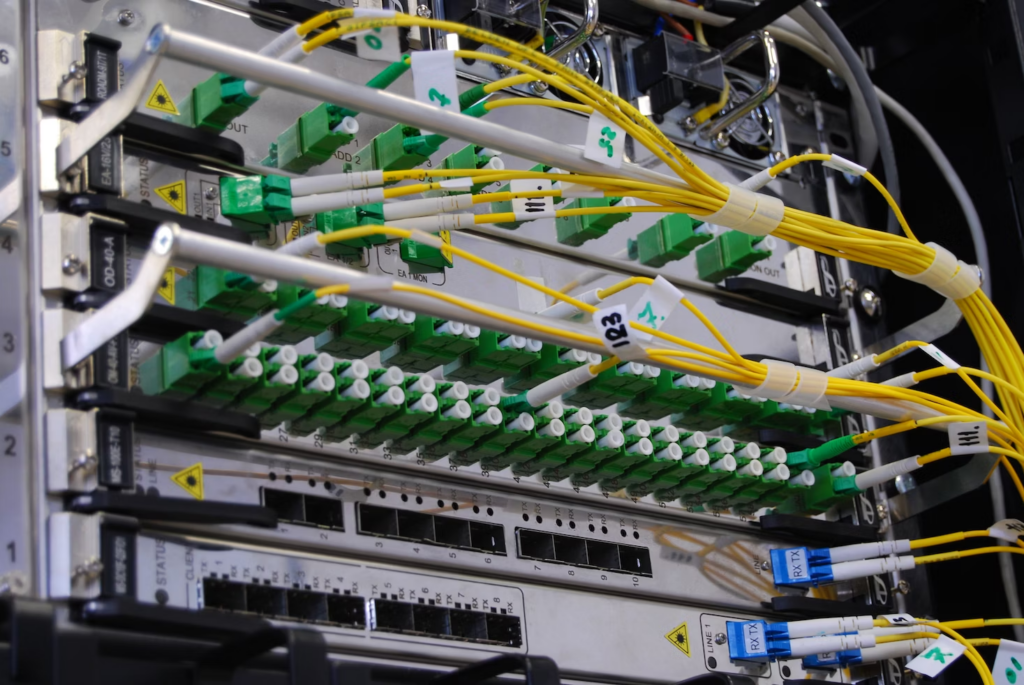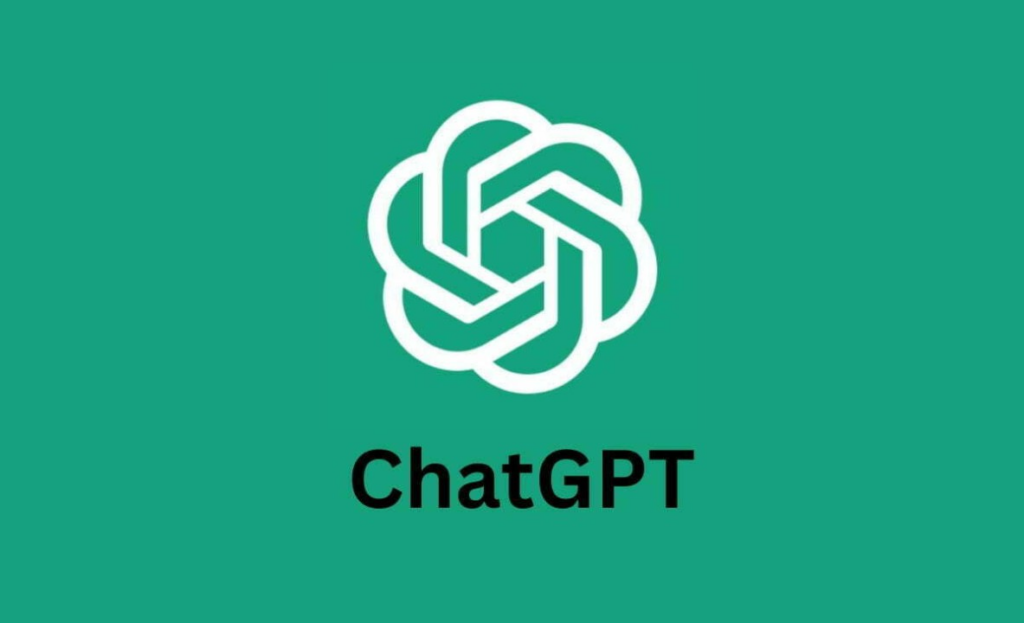
We’re always fascinated by fiber optic cables’ remarkable networking capabilities over vast distances. These imposing cables power phone networks, LANs, CATV, and premises networks, so you’ll always come across them in different places.
Fiber optic closures are small boxes with rugged plastic constructions that shield the more sensitive cabling areas from the elements. These closures have constantly improved as fiber optic networks adapt and grow.
They are used in telecommunication networks, data centers, and any other sectors requiring stable communication infrastructure. The protective structure makes the connection of fiber optic sound. They are useful because they promote fast communication networks.
Their core features include multiple placement options and ease of accessibility. Nevertheless, the enclosures can also handle vast strength members and splice types.
Fiber optic closures must meet strict demands to attain this production level. Their most notable attributes include:
- Durability – They should be ready to span years without corroding, deteriorating, or losing quality.
- High tensile resistance – It should protect its contents from compaction or pressure from external forces.
- Waterproof construction – The design must protect the components from moisture damage caused by the environment.
- Effective sealing – The closure must prevent outside contaminants like dirt and dust from impeding the cables’ functionality.
- Versatility – It should serve different fiber types and placements
Learning the essentials of fiber optic closures will help you pick the right variant and minimize networking setbacks.
Fiber Optic Closure – A Quick Overview
Fiber splices are a common aspect of fiber optic setups, and these sensitive areas need a protective environment to function optimally. Fiber optic closures address this need.
Fiber optic closures provide protection and space for fiber optic cables to splice together. These tools store and link optical fibers safely indoors or outside the plant.
The closure’s notable attributes include a robust outer shell and impressive mechanical strength. These features shield fiber joints and cables from potential harm in challenging environmental conditions.
Fiber optic cables are susceptible to hazards like pressure, extreme temperatures, insects, and moisture. Insects may compromise the protective layers by biting, and moisture can inundate the cabling. Additionally, vandalism or damage from vehicular accidents pose significant concerns. Employing a robust, hermetically sealed fiber optic splice closure can mitigate these risks.
Fiber Optic Closure Varieties: What Are Your Options?
Your choice of fiber optic closure type will depend on your requirements. Generally, you have these three options when shopping:
Horizontal
The horizontal fiber optic closure is what comes to mind when thinking about these tools. This highly prevalent closure is common in aerial installations, but you’ll find it in underground applications.
It resembles cylindrical or flat castings and safeguards fiber optic splices using one or more fiber splice trays. These closures have a dedicated compartment for fiber splices and are available in waterproof and dustproof variants.
Vertical
You can easily identify the vertical fiber optic closure with its dome structure, hence its nickname “fiber dome closure.” This design enables its quick underground installation for multiple applications, but the tools can also serve above ground. The vertical closure’s application and design require waterproof technology and high-level sealing.
Hybrid
Our last entry is reputable for its adaptability. The hybrid fiber optic closure guarantees the best network security in any location or environmental condition. You’ll find it on walls and aerial applications, while some technicians install it in a cell.
The compact size is the hybrid closure’s most notable feature, as it enables below-grade applications like pedestal installation. This tool can accommodate a dozen flat-top or flat-round fibers and a 48-count feeder cable.
Important Considerations When Shopping
Fiber Optic Closures serve a vital role. However, deciding when looking for a great product for your networking needs can be difficult. The greatest dilemma will be in features, placement environment, and configurations. But this shouldn’t be a difficult task if you heed these considerations:
Cable Compatibility
You want the appropriate fiber optic closure for your fiber optic cabling. So, avoid compatibility concerns by identifying cable types, adapters, and hardware needs before deployment.
Entrance Capacity
You’ll determine your fiber optic closure’s entrance capacity by checking whether the number and size of cable ports correlate with its handling capabilities. We recommend hybrid enclosures or universal designs as they can flexibly accommodate varying drop cable types and fiber counts.
Termination System
A robust cable termination system with the mechanical strength to withstand environmental influences is crucial. So prioritize closures whose connection with the cable contains materials resistant to thermal expansion. This consideration ensures resilience against the effects of relative motion between cable components.
Strength Members
Your additional strength members must be secure within the closure. This need necessitates a clamping mechanism to manage thermal expansion. You should also prioritize properly bonding and grounding conductive elements to prevent parts from pulling out during handling.
Type of Splices
The type of splices used in the closure trays is crucial in determining its performance. Generally, fusion-spliced cables offer greater capacity than their ribbon or mechanical counterparts. In addition, choose the right splice configuration to avoid stress on the fibers.
Placement and Hardware
You need the appropriate tools for aerial and underground applications. These tools must resist environmental hazards like dust, wind, dirt, pressure, and moisture. In addition, you’ll need a sturdy location. Generally, hybrid fiber enclosures can serve aerial and below-grade applications.
Cable Management
Effective cable management involves maintaining a low bending radius to avoid stress and performance issues. Always use a fiber optic closure design that supports cable movement without tight bends. This choice will simplify installation and reduce stress on the cables during handling.
Accessibility
Modern fiber optic closures offer installation and access flexibility, unlike their predecessors. You must assess the frequency of reentry required at different network points. Generally, closures with easy re-access features can simplify maintenance. So, consider the expected network growth and prioritize closure designs that prioritize easy opening and closing with basic tools.









